Sengupta, D, Girbal Brandão, F, Sathyendranath, S, Kulk, G, Conte, A, Ippoliti, C, Candeloro, L, Bucciarelli, M, Moffat, D, Wint, W, Maranesi, M, Scarano, R, Vitorino, J, Brandt, G and Morbagal Harish, T 2025 Sensing human health from Space: An assessment of applications and big data platforms. Remote Sensing Applications: Society and Environment, 39. 101701. 10.1016/j.rsase.2025.101701
Preview |
Text
1-s2.0-S235293852500254X-main.pdf - Published Version Available under License Creative Commons Attribution. Download (5MB) | Preview |
Abstract/Summary
The integration of Earth Observation (EO) into human health research has expanded significantly, particularly since 2009, highlighting its potential for disease modelling, environmental exposure assessment, and public health decision-making. This review explores the evolving role of EO in health applications through a bibliometric analysis of 1751 research documents retrieved from the Web of Science (WoS) database. These documents were selected using targeted keywords and after excluding non-primary literature such as reviews, editorials, and meeting abstracts. Findings revealed a substantial increase in EO-health research outputs, growing from 2 publications in 1991 to 266 in 2024, with a notable surge beginning in 2009. More than 65 % of the selected studies contributed to Sustainable Development Goal (SDG) 13 on Climate Action, followed by SDG 3 on Good Health and Wellbeing (n = 994) and SDG 11 on Sustainable Cities and Communities (n = 980), illustrating EO's cross-cutting relevance. Despite this growth, the field remains fragmented due to inconsistent data formats, limited accessibility, and weak interdisciplinary collaboration. A key challenge is the persistent divide between EO data producers and health practitioners, which hampers the effective translation of EO insights into practice. This review highlights the importance of co-production approaches that bring together researchers, policymakers, and communities to address these barriers. By promoting standardisation, enhancing data interoperability, and fostering interdisciplinary collaboration, EO can be more effectively leveraged to support disease surveillance, environmental health monitoring, and evidence-based policy interventions aligned with global health and sustainability goals.
| Item Type: | Publication - Article |
|---|---|
| Divisions: | Plymouth Marine Laboratory > Science Areas > Environmental Intelligence Plymouth Marine Laboratory > Science Areas > Marine Processes and Observations |
| Depositing User: | S Hawkins |
| Date made live: | 23 Sep 2025 09:11 |
| Last Modified: | 23 Sep 2025 09:11 |
| URI: | https://plymsea.ac.uk/id/eprint/10513 |
Actions (login required)
 |
View Item |


 Tools
Tools Tools
Tools